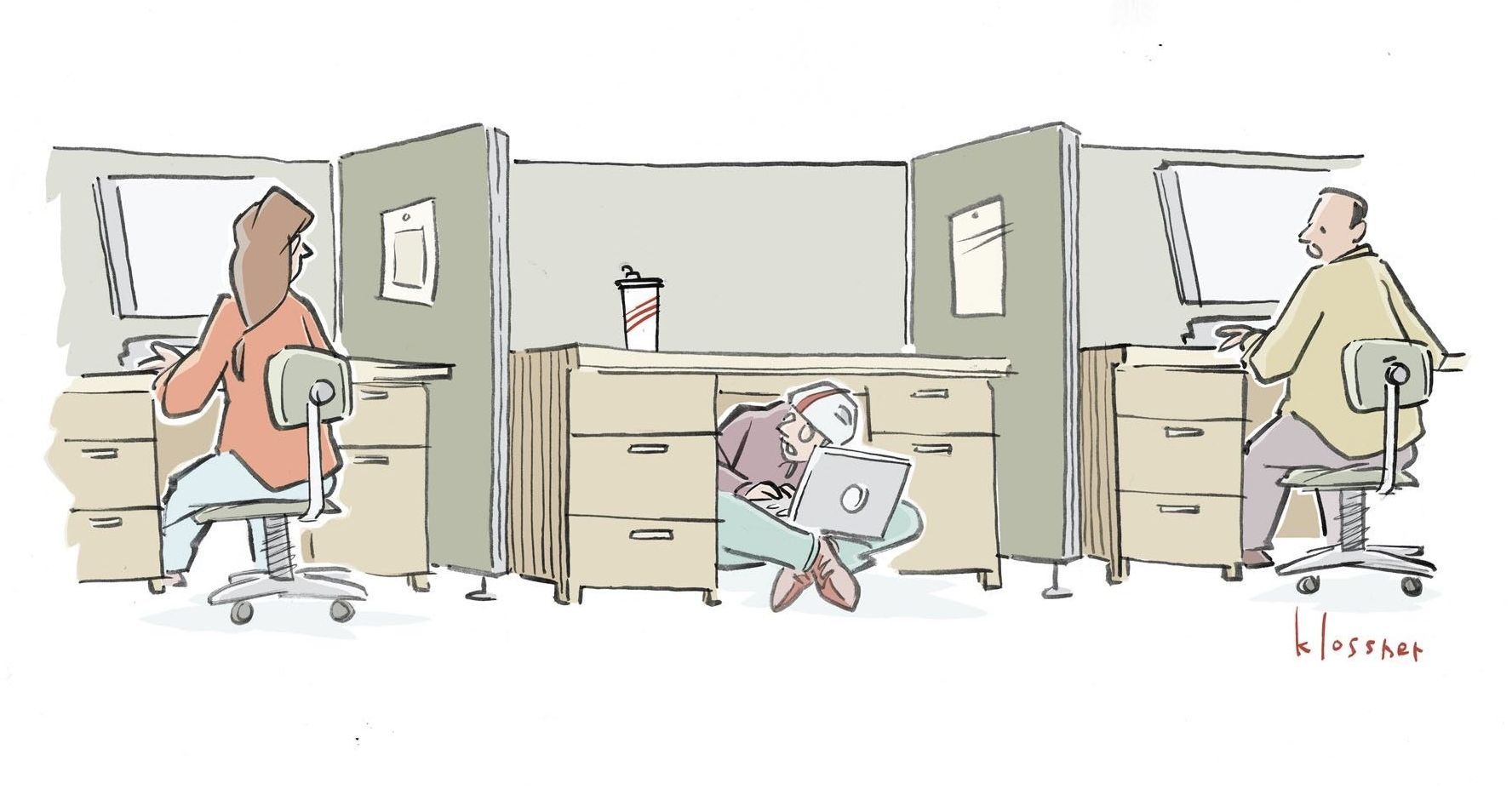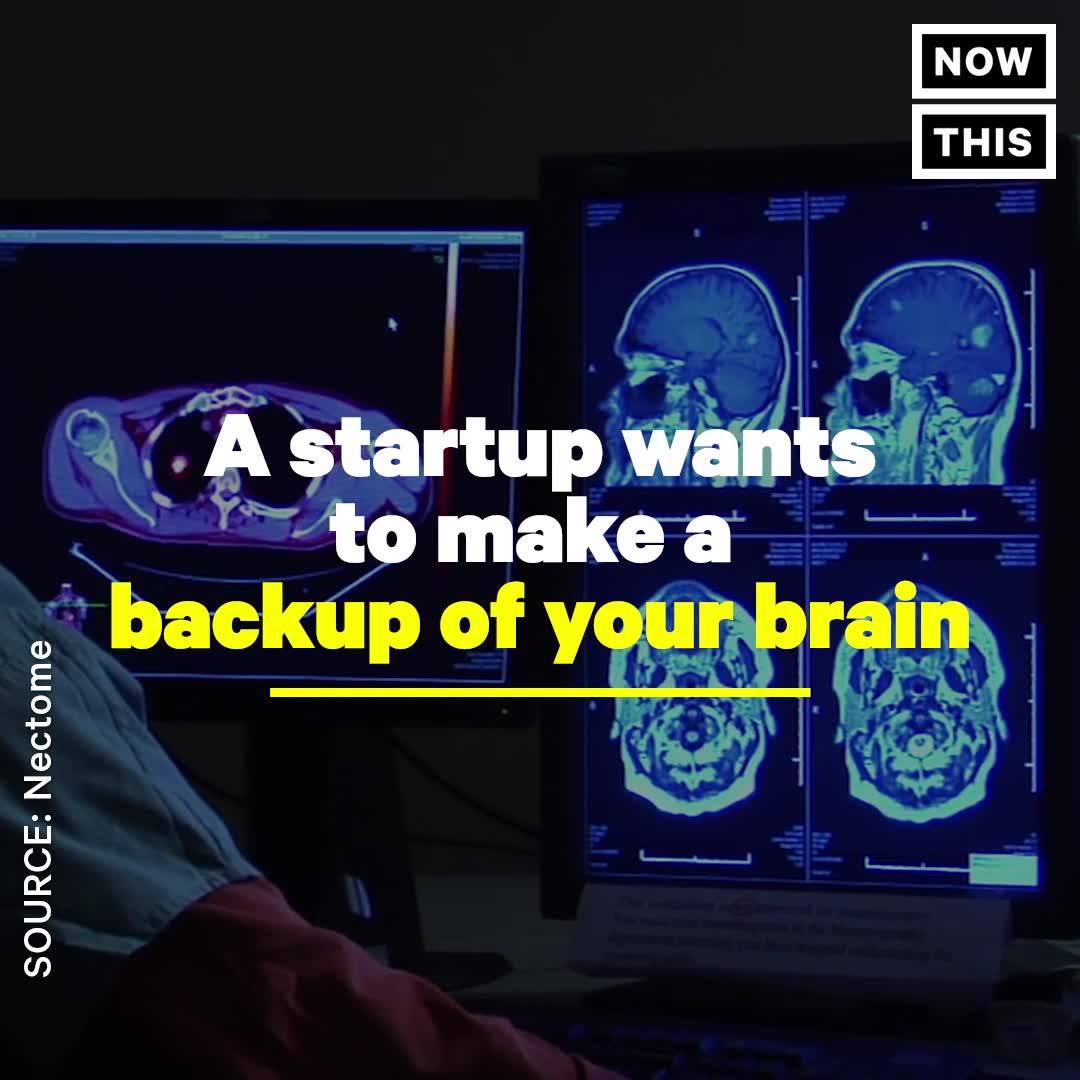Apr 27, 2018
How AI is helping us discover materials faster than ever
Posted by Derick Lee in categories: information science, robotics/AI
Another problem is that we still don’t have enough data about every compound, according to Wolverton, and a lack of data means algorithms aren’t very smart. That said, he and Mehta are now interested in using their method on other types of materials beside metallic glass. And they hope that one day, you won’t need a human to do experiments at all, it’ll just be AI and robots. “We can create really a completely autonomous system,” Wolverton says, “without any human being involved.
For hundreds of years, new materials were discovered through trial and error, or luck and serendipity. Now, scientists are using artificial intelligence to speed up the process.

















